Following proper steps assures the right conditions for next production cycle
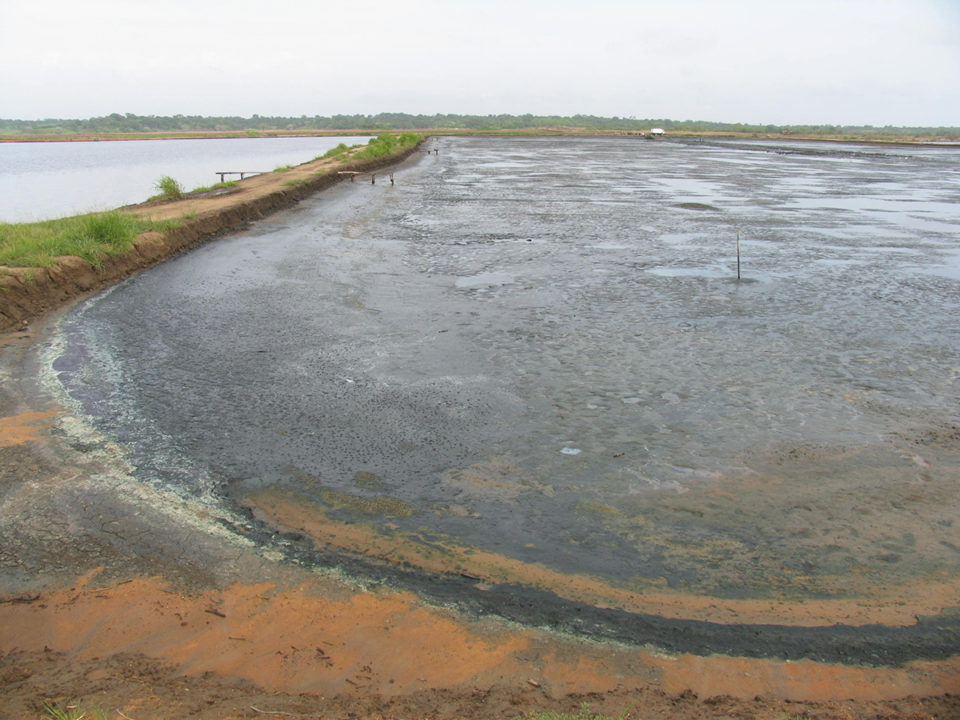
After draining for shrimp harvest, production ponds are typically subjected to various combinations of treatments in preparation for the next grow-out cycle. Preventing diseases is a major concern in shrimp farming, so pond preparation focuses on avoiding the carryover of disease organisms from one crop to the next and preventing disease introductions in water used to refill ponds. Impaired soil and water quality stresses shrimp predisposing them to disease, and treatments to improve soil quality also may be included in pond preparation.
Ponds accumulate soil particles eroded from earthwork and organic matter originating from dead plankton, uneaten feed and feces. It is common in intensive shrimp culture to clean pond bottoms after each crop. This may be done hydraulically using high-pressure hoses while pond bottoms are wet or by use of excavating machines after bottoms dry.
It is not clear whether sediment removal after each crop is necessary. Ponds have been operated successfully for 10 to 15 years without sediment removal, but if sediment becomes more than 5 to 10 cm deep, it does not dry completely.
Pond bottom drying, tilling, liming
The bottoms of empty ponds usually are allowed to dry and bake in the sun for two weeks or more. Ideally, this practice reduces soil moisture concentration sufficiently to destroy most of the organisms (including disease organisms) remaining in the pond after draining.
Tilling with a disk harrow is sometimes done to break up the soil mass, increase exposure of soil to the air and accelerate drying. Rototiller plows also can be used for this purpose, but moldboard plows that turn the soil over are not as effective.
Some ponds have depressions that retain water long after the rest of the bottom has dried. Some ponds also may not dry well because of infiltration of groundwater from adjacent ponds or canals. Complete bottom dry-out may not be possible and especially in the rainy season.
Some farmers apply burnt or hydrated lime to pond bottoms. This treatment can increase soil pH high enough to kill unwanted organisms including disease organisms. However, the effective treatment rate is high – a minimum of 3,000 kg/ha (300 grams per square meter) of burnt lime or 4,000 kg/ha (400 grams per square meter) of hydrated lime.
The best procedure likely is to dry pond bottoms, and reserve lime treatment to the areas of the bottom that do not dry. Nevertheless, some producers treat their entire pond bottoms with lime after each crop. Liming materials will not dissolve in dry soil to increase pH, and lime should be applied while pond bottoms are still moist.
Calcium hypochlorite can also be applied over wet areas for the purpose of disinfection. Application of 100 to 200 grams per square meter of this disinfectant often are used. Copper sulfate, formalin and potassium permanganate have also been used to disinfect soil, but they are not as effective as lime or calcium hypochlorite.
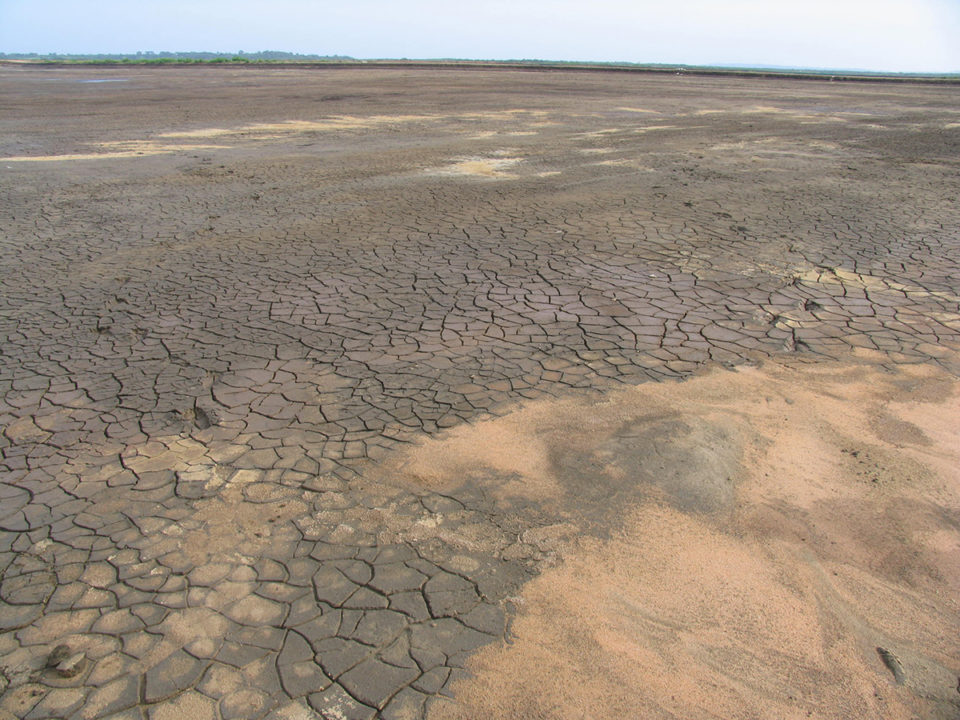
Pond bottoms with soil pH less than 7 should be limed to increase pH. If burnt or hydrated lime are used for disinfection, their application will also neutralize soil acidity. If ponds dry completely and lime is not used for disinfection, it is less expensive to use agricultural limestone for the purpose of neutralizing soil acidity. Typical agricultural limestone application rates are provided in Table 1. Agricultural limestone should be spread uniformly over bottoms of ponds while soil is still moist.
Boyd, pond preparation, Table 1
| Soil pH | Liming rate (CaCO3 equivalent, kg/ha) |
|---|
Soil pH | Liming rate (CaCO3 equivalent, kg/ha) |
|---|---|
| >7.5 | 0 |
| 7.0 to 7.5 | 500 (optional) |
| 6.5 to 6.9 | 1,000 |
| 6.0 to 6.4 | 1,500 |
| 5.5 to 5.9 | 2,000 |
| 5.0 to 5.4 | 2,500 |
| <5.0 | 3,000 |
Pond refilling, disinfection
Water for refilling ponds is often passed through fine screens or filters to remove unwanted organisms. While filtration will lessen the possibility of fish and other relatively large organisms from entering ponds, it will not prevent the entry of many disease organisms and smaller vectors of disease organisms.
The most effective way of preventing the entry of disease organisms via the water supply is disinfection. The disinfectant can be applied to water held in a reservoir or done directly in recently-filled ponds. A variety of disinfectants such as calcium hypochlorite, chloramine T, potassium permanganate, copper sulfate, hydrogen peroxide, iodine compounds, benzalkonium chloride and glutaraldehyde are used. The most effective one probably is calcium hydochlorite at a concentration of 20 to 30 mg/L.
Postlarvae stocking and fertilization
Postlarvae cannot be stocked until the toxic effect of the disinfectants has dissipated – this usually requires only three to five days. However, the pond bottom usually has been dried, lime applied to bottom to raise pH and kill unwanted organisms, and water for filling ponds disinfected. Ponds often have clear water and few benthic organisms are present in bottom soil after disinfection.
Postlarval shrimp can use manufactured feed, but they benefit greatly from natural food organisms for a few weeks after stocking them into ponds. Ponds should be fertilized to encourage the growth of phytoplankton, zooplankton and benthos before the postlarvae are stocked. Fertilization with urea and triple superphosphate or other commercial fertilizers can be used to initiate a phytoplankton bloom.
However, inclusion of an organic fertilizer with the commercial fertilizer will result in a more rapid increase in zooplankton and benthic organisms than possible with commercial fertilizer alone. Manure can be used as an organic fertilizer, but it is better and more sanitary to apply soybean meal, old shrimp feed, rice bran, or some other high-quality organic matter.
There is no generally accepted fertilization rate for ponds. Typical rates are 6 to 8 kg nitrogen (12 to 18 kg/ha urea), 1 to 2 kg phosphorus (5 to 10 kg/ha triple superphosphate) and around 100 to 200 kg/ha of high-quality organic fertilizer. The applications should be repeated if a plankton bloom has not developed within four to five days. Sometimes it may take up to two weeks to obtain a good plankton bloom.
Fertilization may have to be continued at two- to three-week intervals to maintain the plankton bloom, but once the feeding rate reaches 20 to 30 kg/ha/day, there usually will be enough nutrients reaching the water for uneaten feed, feces and shrimp excretion to maintain the bloom.

Other considerations
Some farmers like to apply liming materials to pond water in small amounts at frequent intervals during the grow-out period. Liming materials do not dissolve unless the alkalinity of the water falls below 60 to 70 mg/L. Liming usually is of no benefit during the crop period.
Microbial products, often called probiotics, are often applied to ponds. While these products possibly may be beneficial immediately after pond disinfection when bacteria abundance is low, there is no reason to suspect that they would be beneficial later.
Now that you've reached the end of the article ...
… please consider supporting GSA’s mission to advance responsible seafood practices through education, advocacy and third-party assurances. The Advocate aims to document the evolution of responsible seafood practices and share the expansive knowledge of our vast network of contributors.
By becoming a Global Seafood Alliance member, you’re ensuring that all of the pre-competitive work we do through member benefits, resources and events can continue. Individual membership costs just $50 a year.
Not a GSA member? Join us.
Author
-

Claude E. Boyd, Ph.D.
School of Fisheries, Aquaculture and Aquatic Sciences
Auburn University
Auburn, Alabama 36849 USA
Tagged With
Related Posts
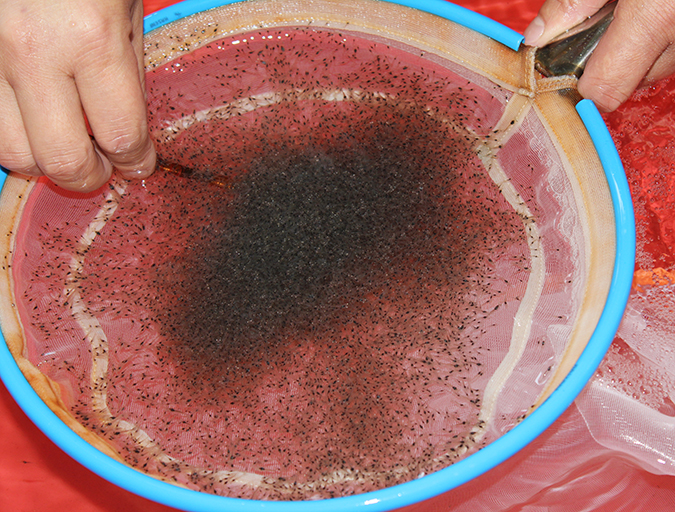
Health & Welfare
Acclimating shrimp postlarvae before pond stocking
Shrimp postlarvae acclimation before stocking into the various growout systems (ponds, raceways, tanks) is a critical – and often overlooked, sometimes taken for granted – step in the shrimp culture process. Various water quality parameters should be changed slowly so that the young shrimp have the time to gradually adapt to the new conditions.
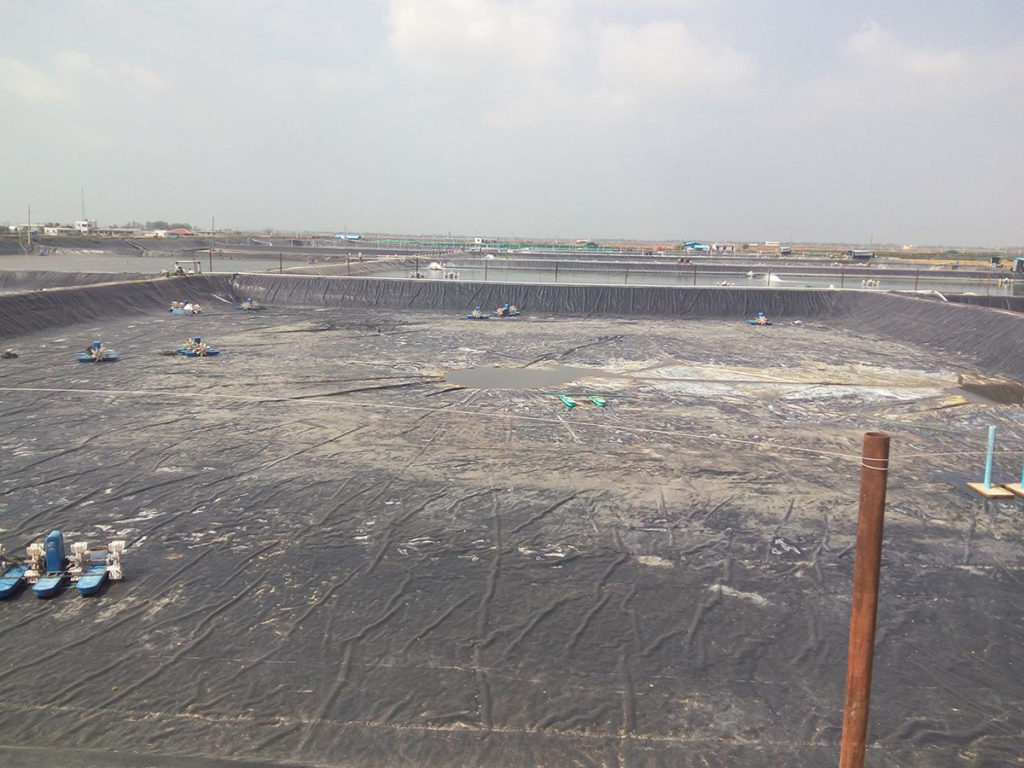
Responsibility
Appraising pond liners for shrimp culture
The use of plastic-lined ponds by shrimp farmers can significantly improve production efficiency, support more production cycles per year, and higher mechanical aeration rates and stocking densities. The capital cost of lining ponds can be very significant, so a thorough feasibility analysis is recommended when considering this production tool.

Responsibility
Assessing, reducing pond seepage
Ponds constructed on sandy or permeable soils are most likely to have high seepage rates. Ponds built in any soil can seep if improperlty constructed.
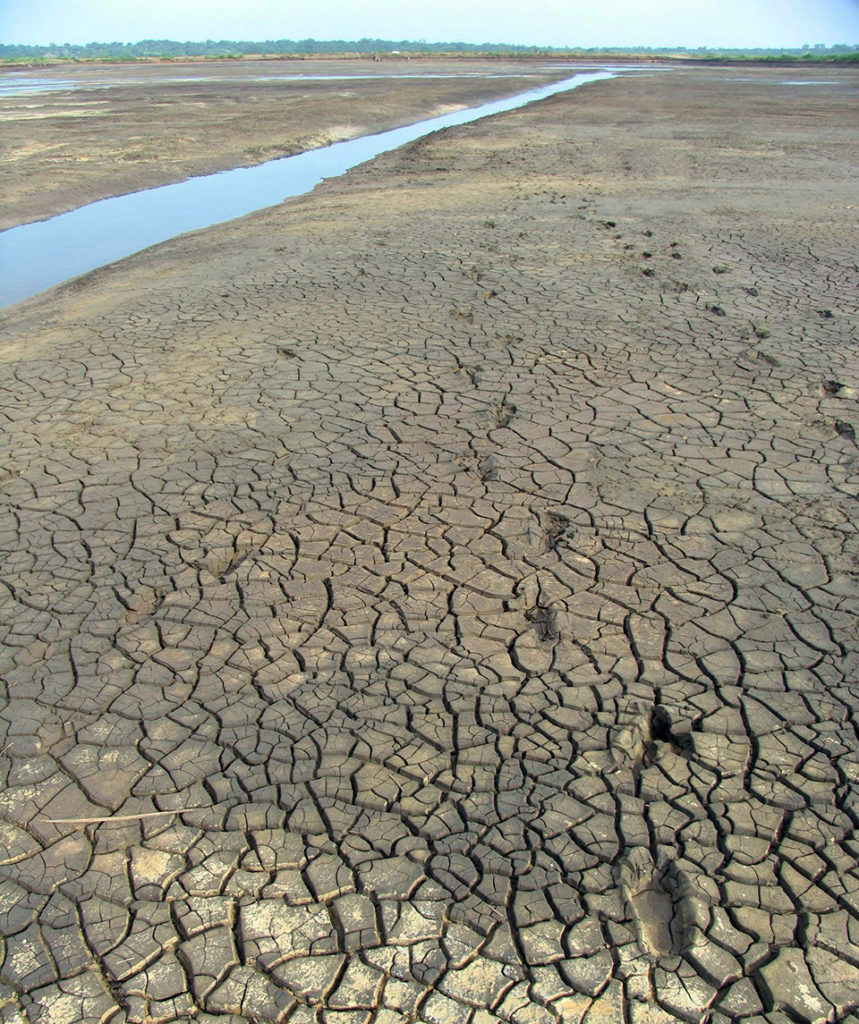
Responsibility
Drying, liming, other treatments disinfect pond bottoms
The traditional way of destroying organisms in pond bottoms is thorough dry-out for a week or longer. Fish toxicants and liming can kill unwanted parasites.

